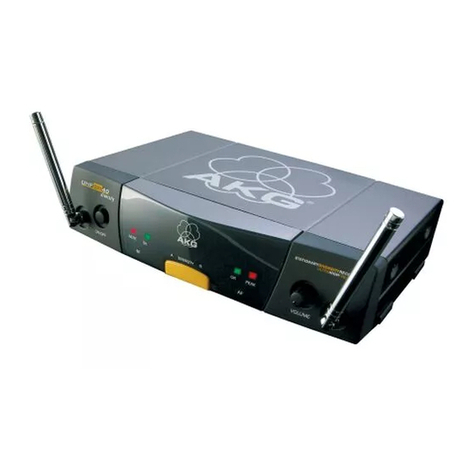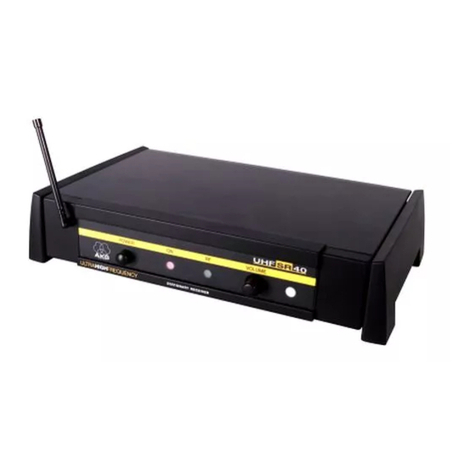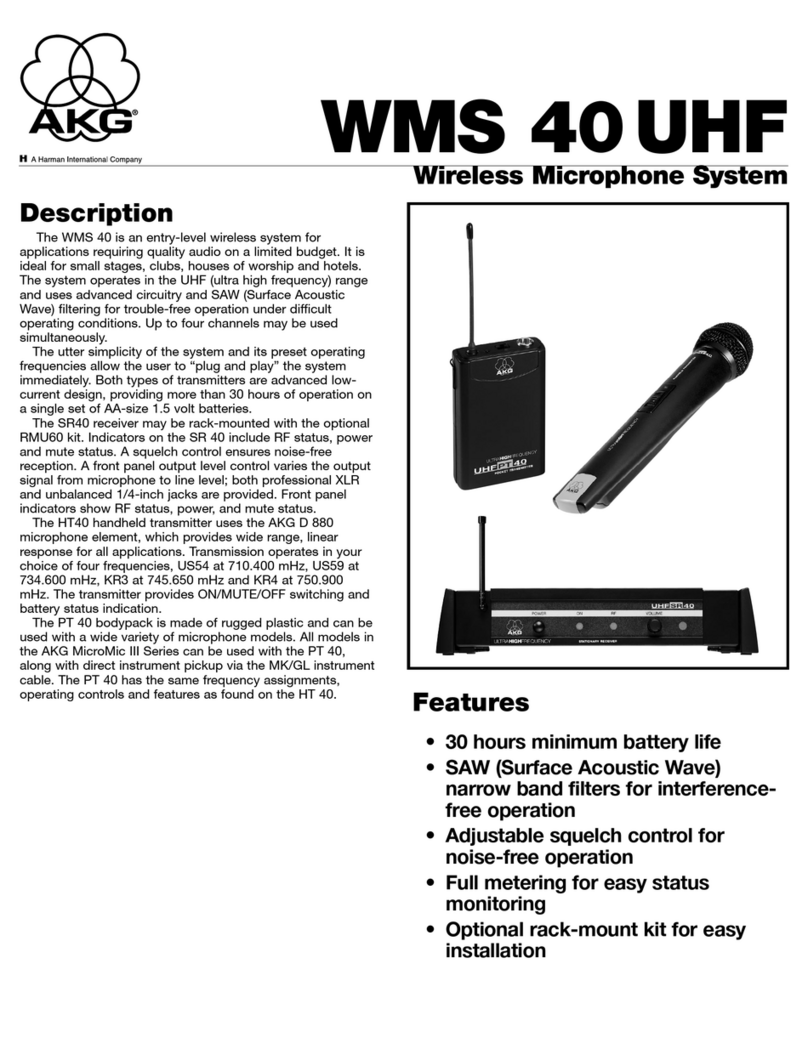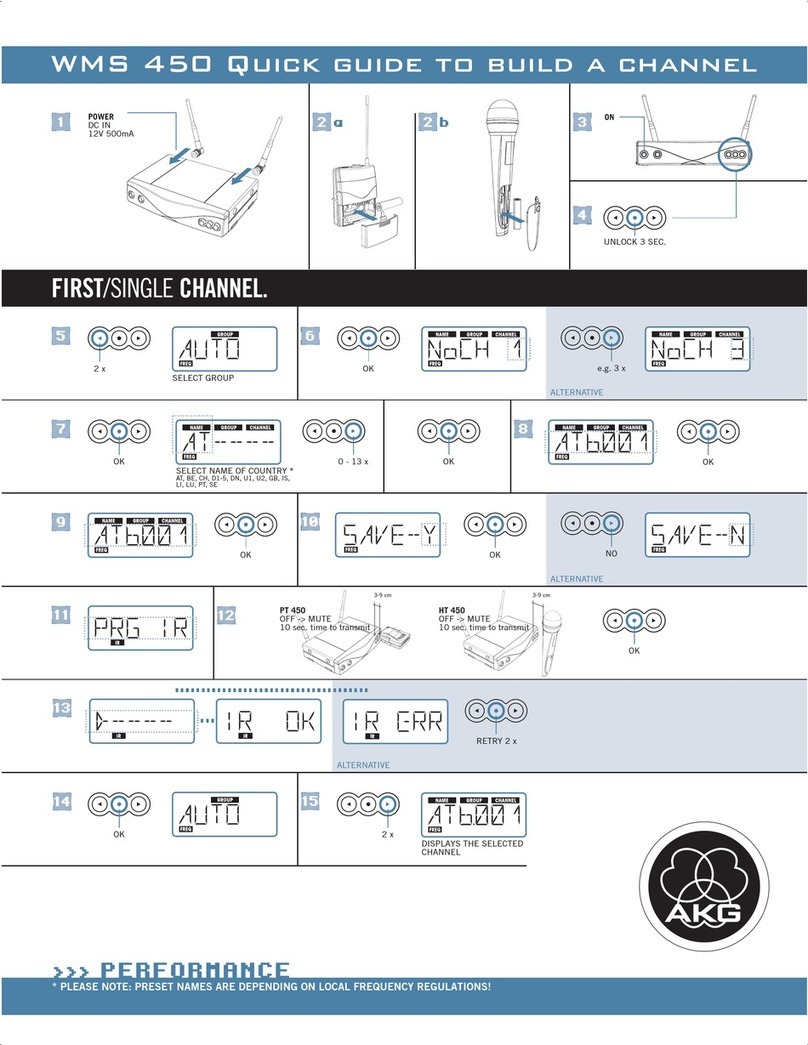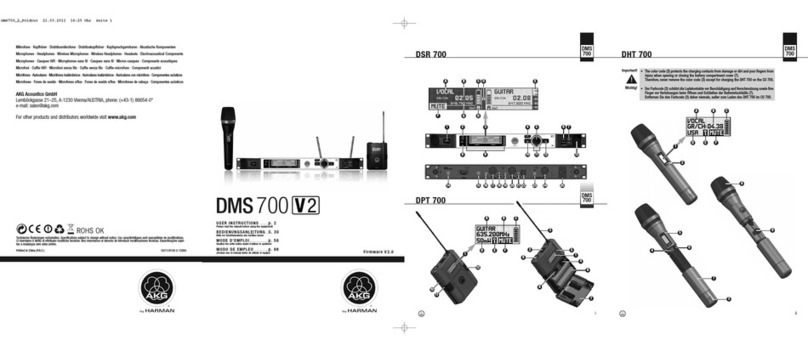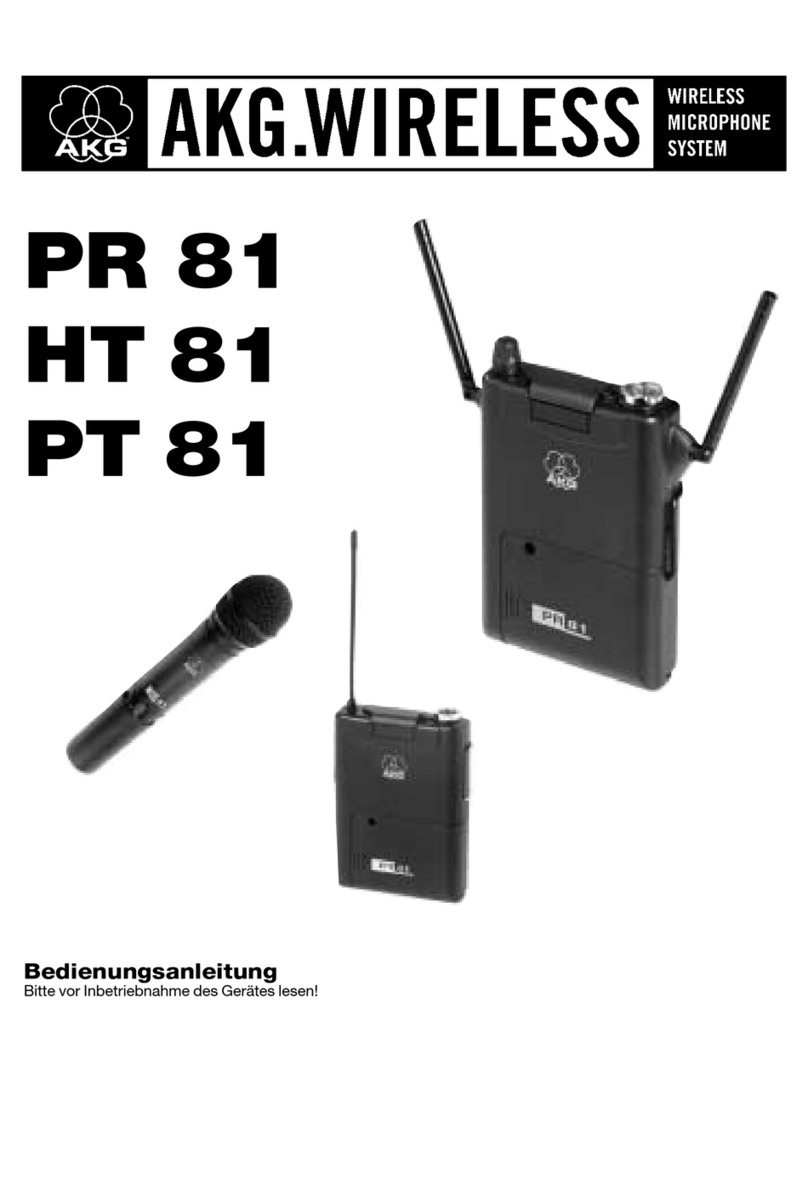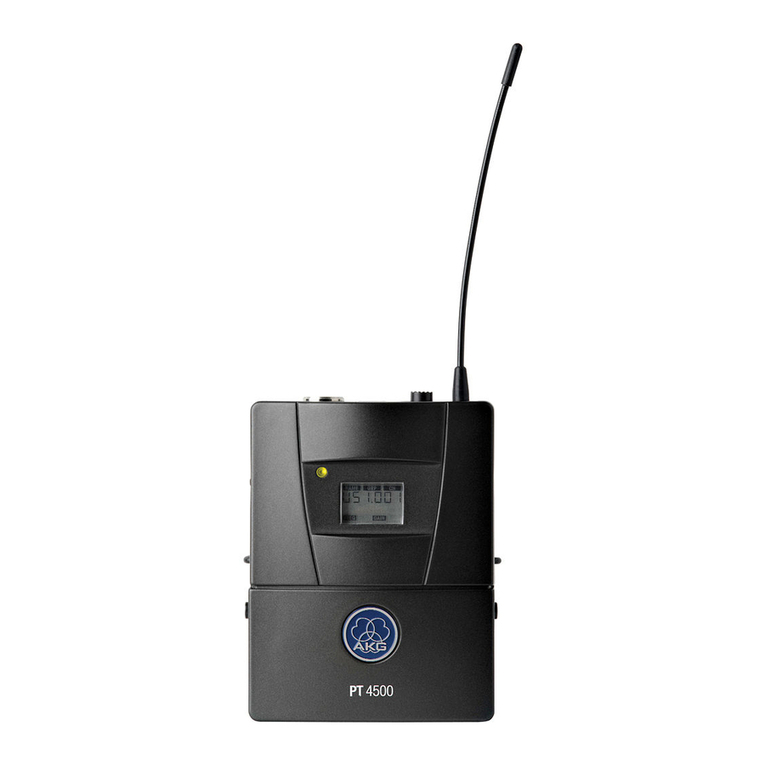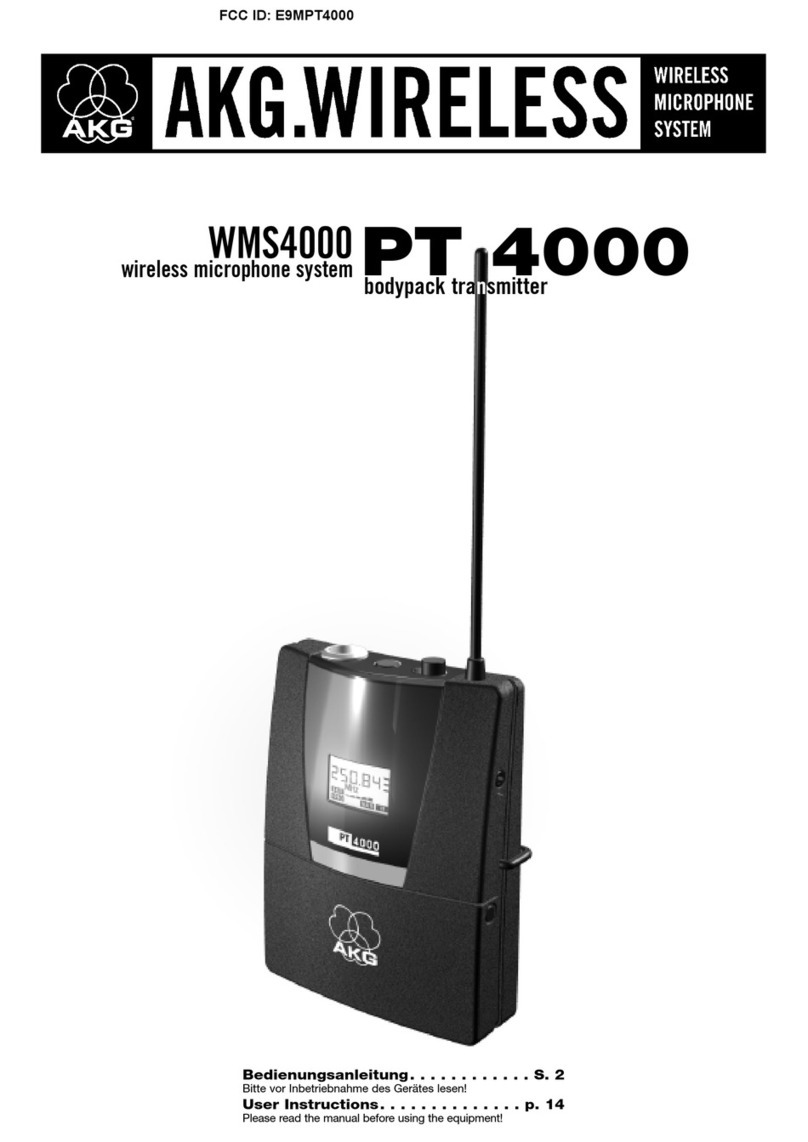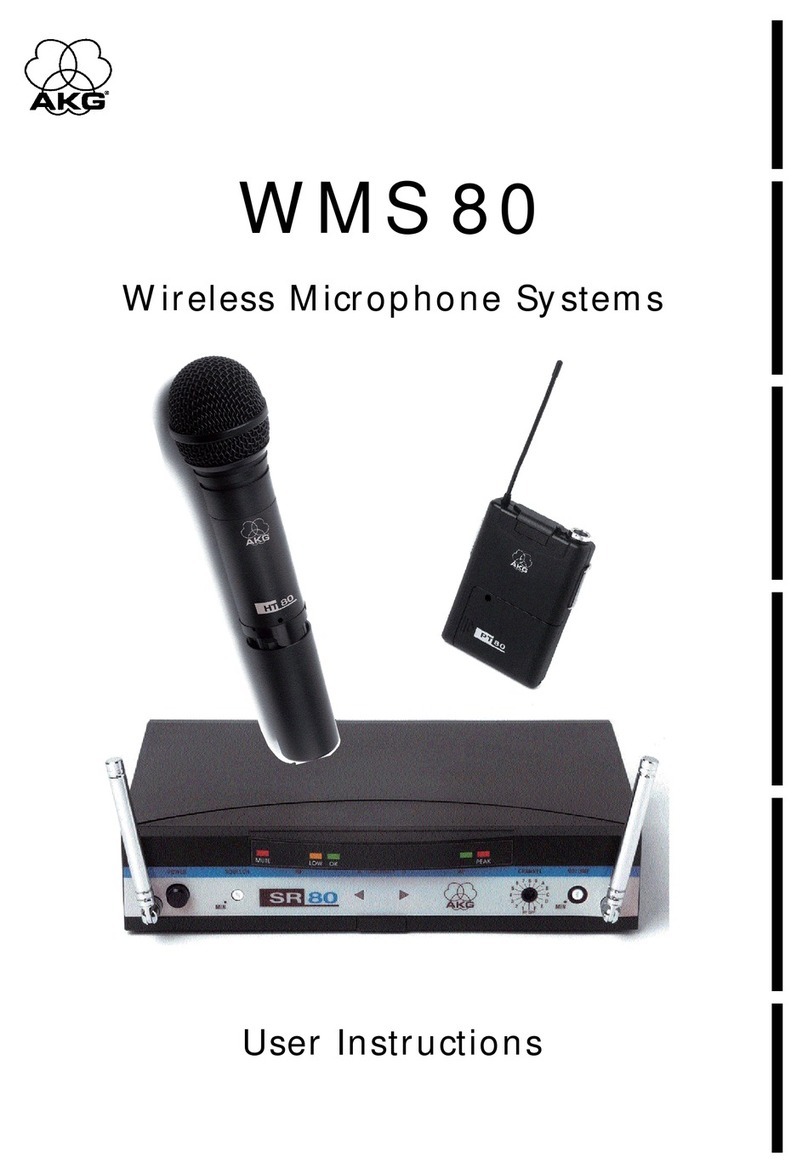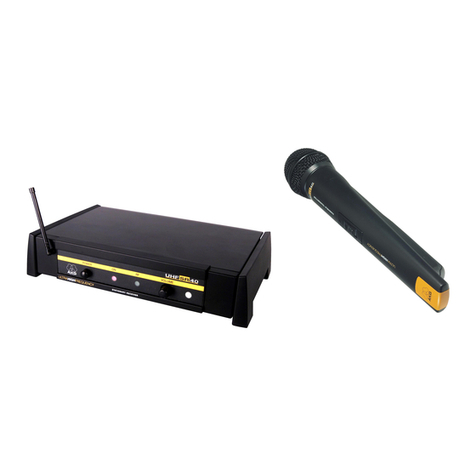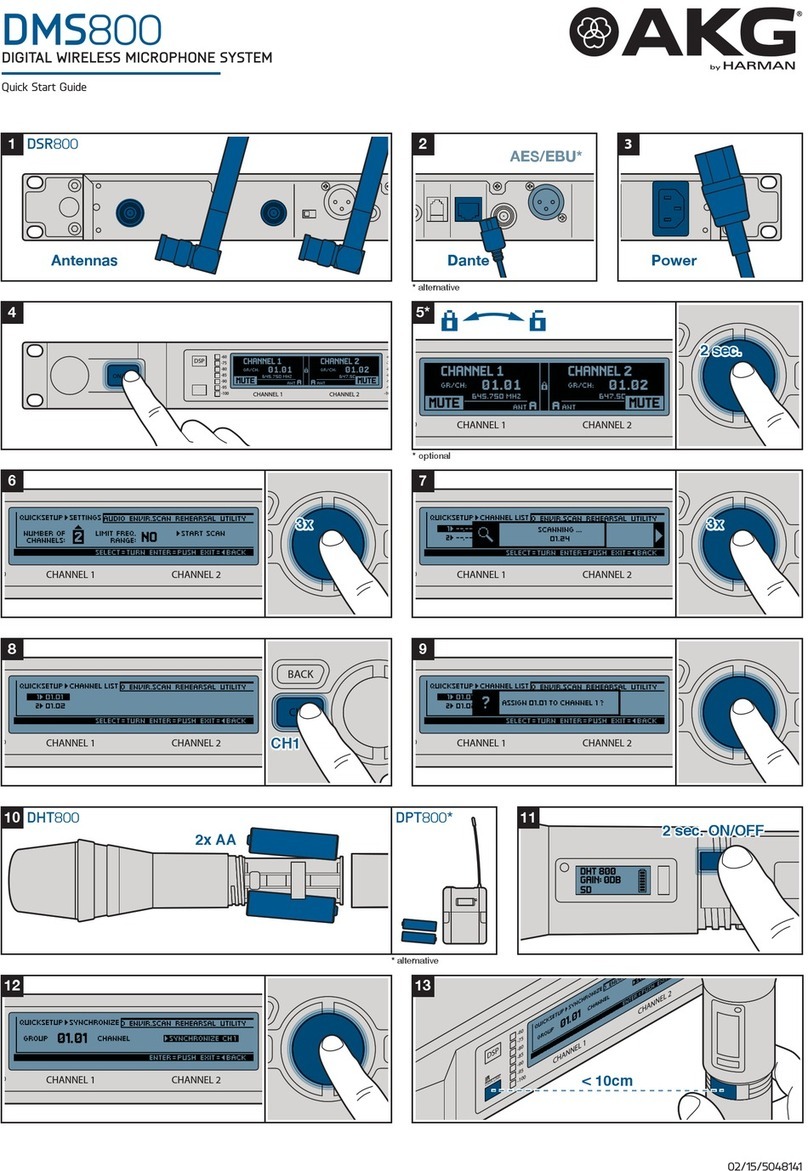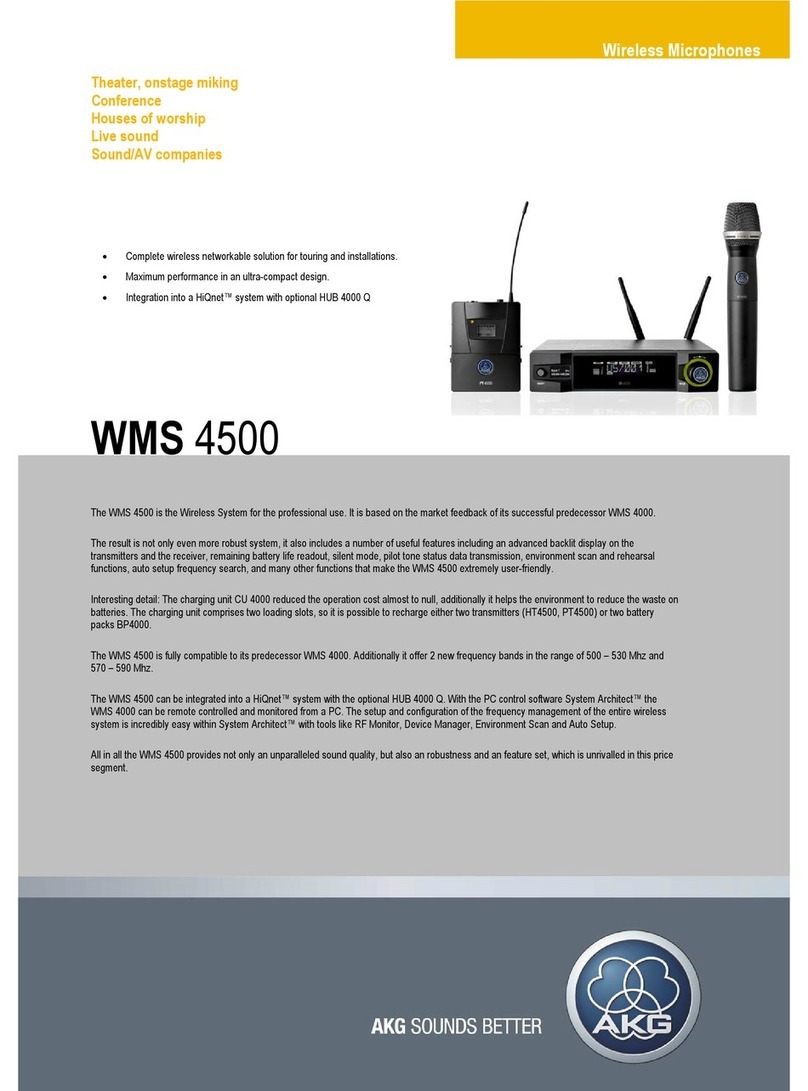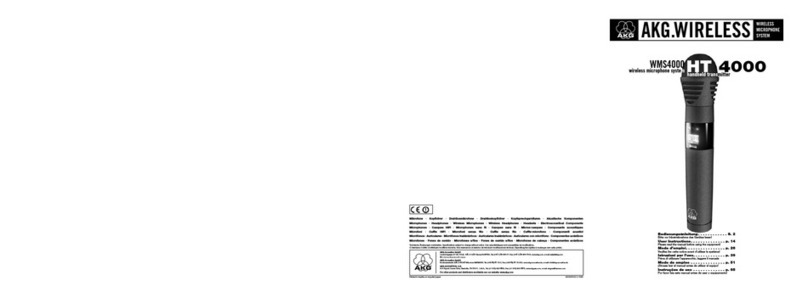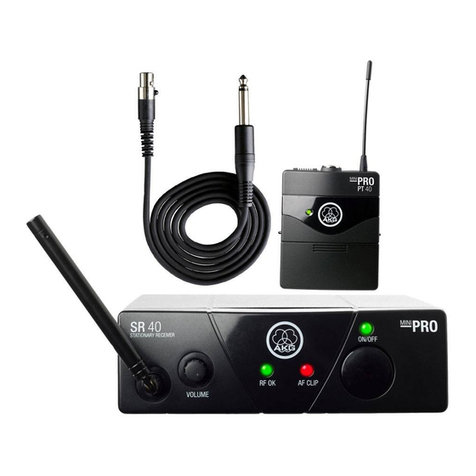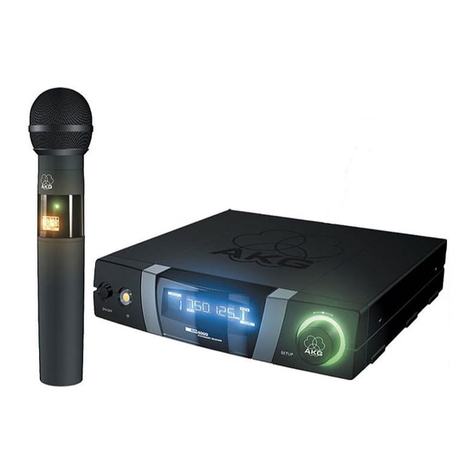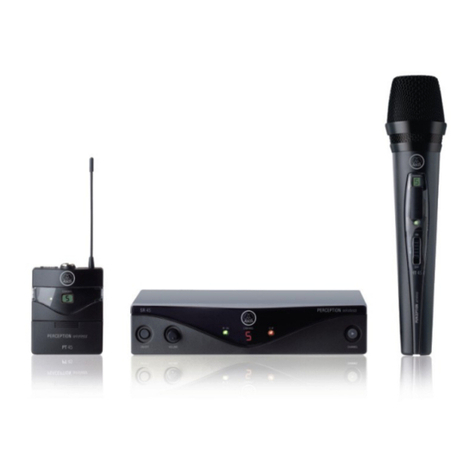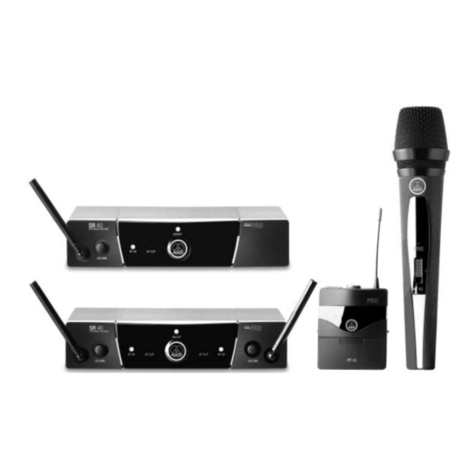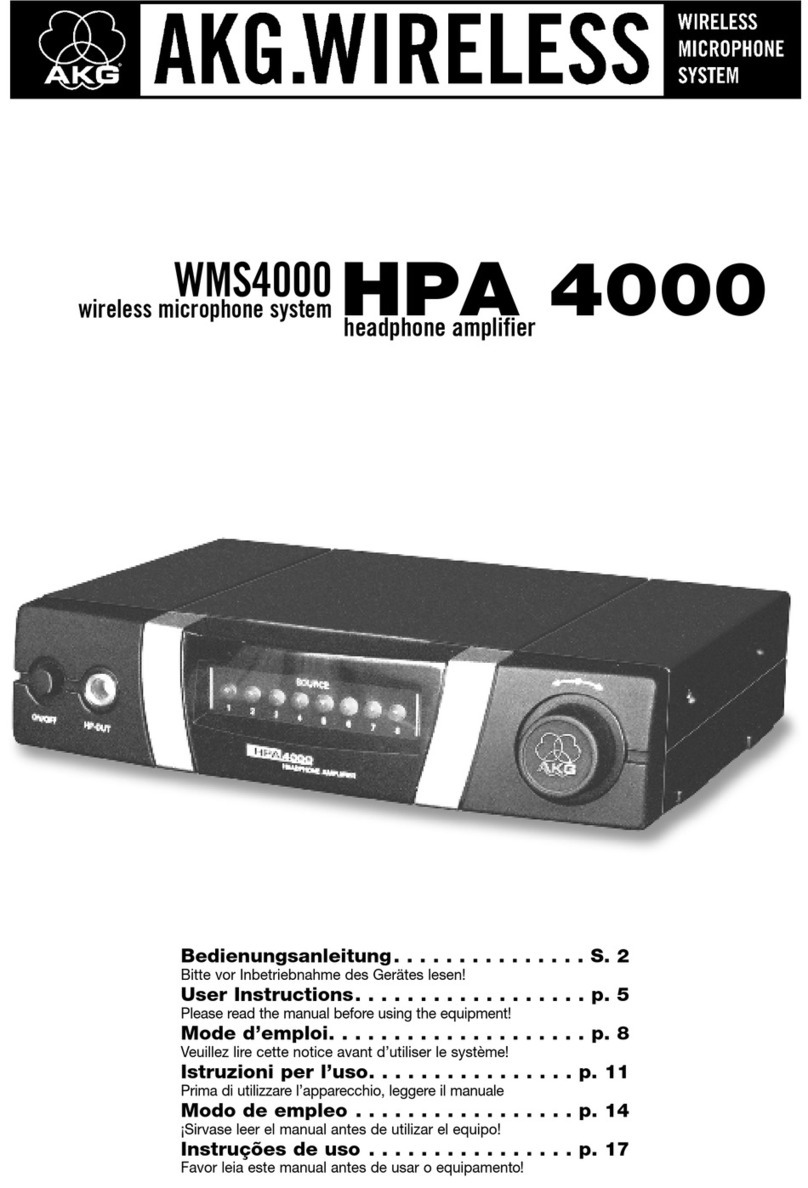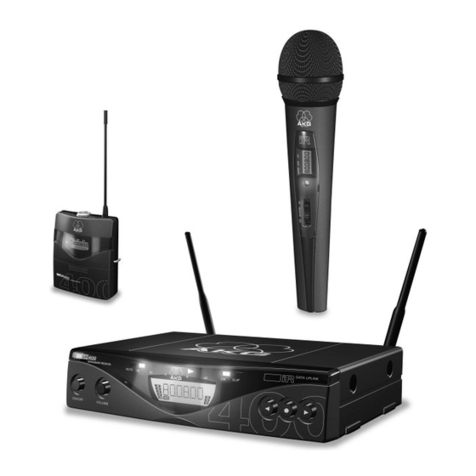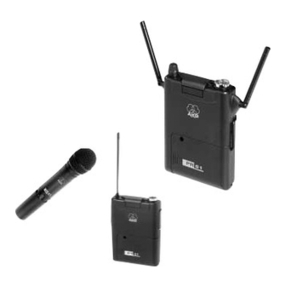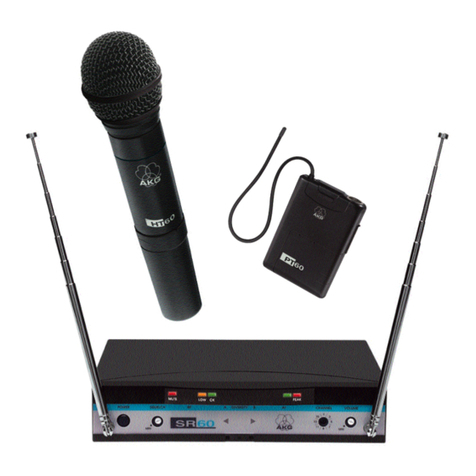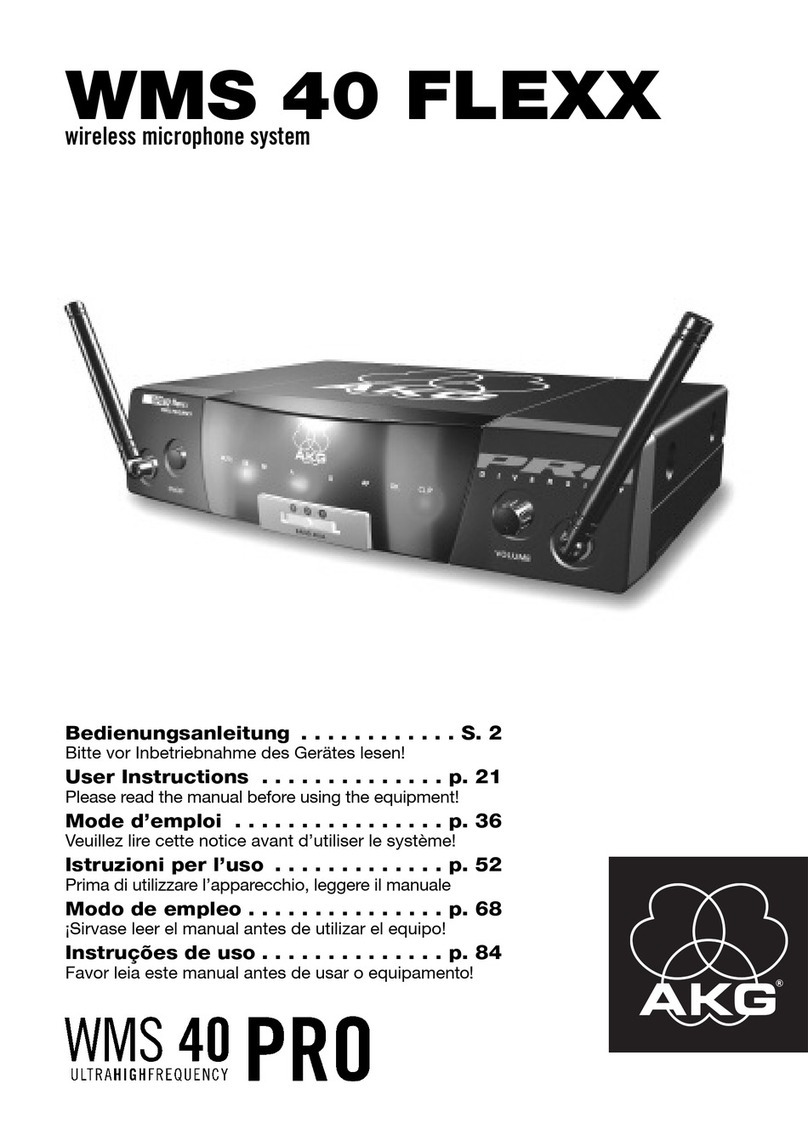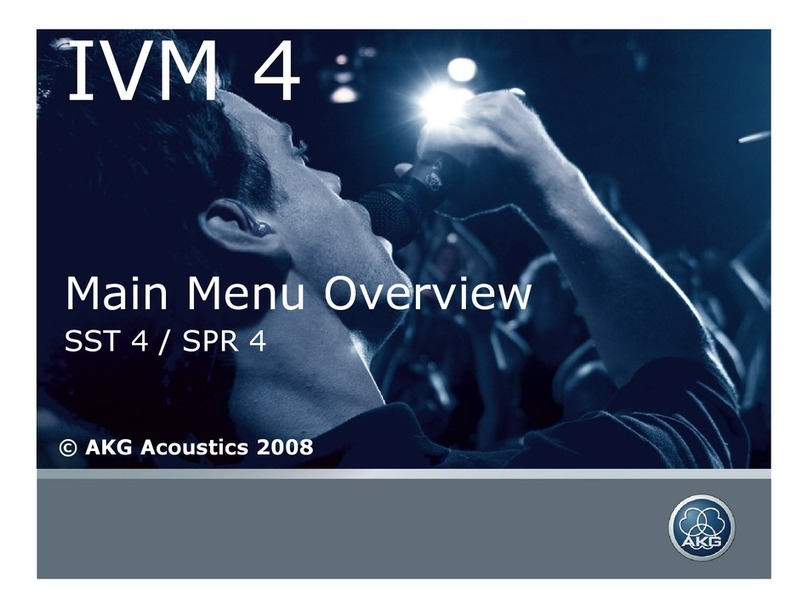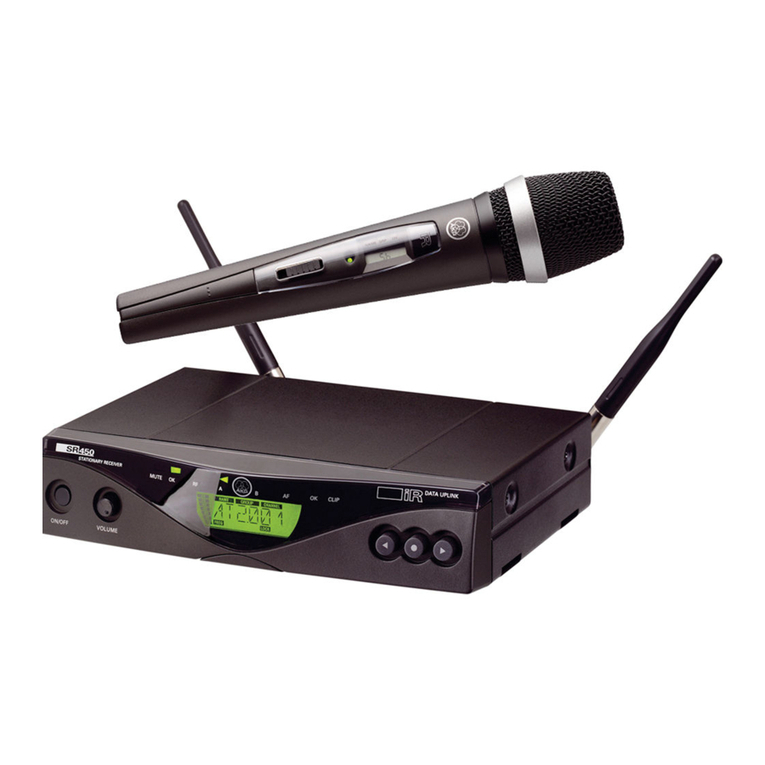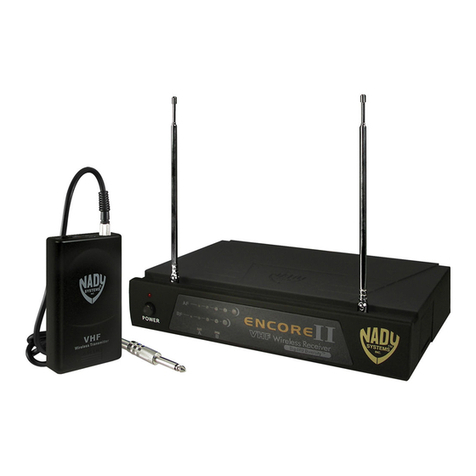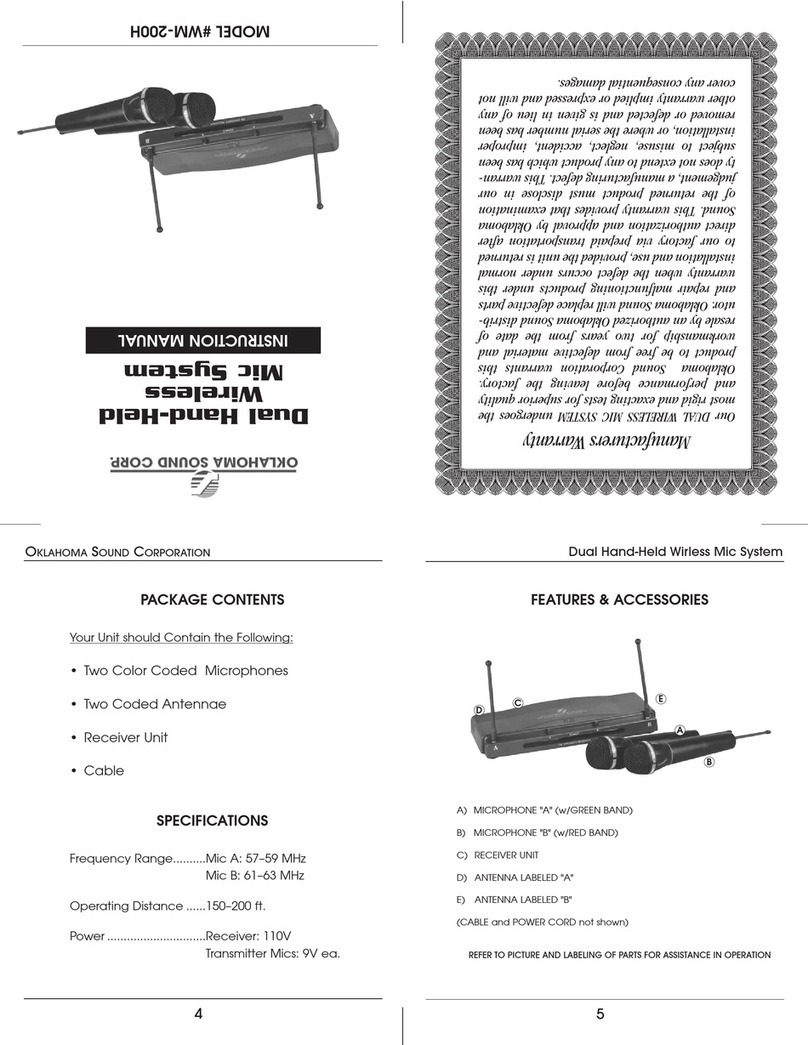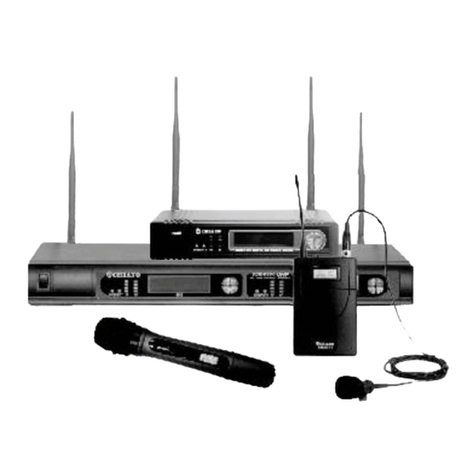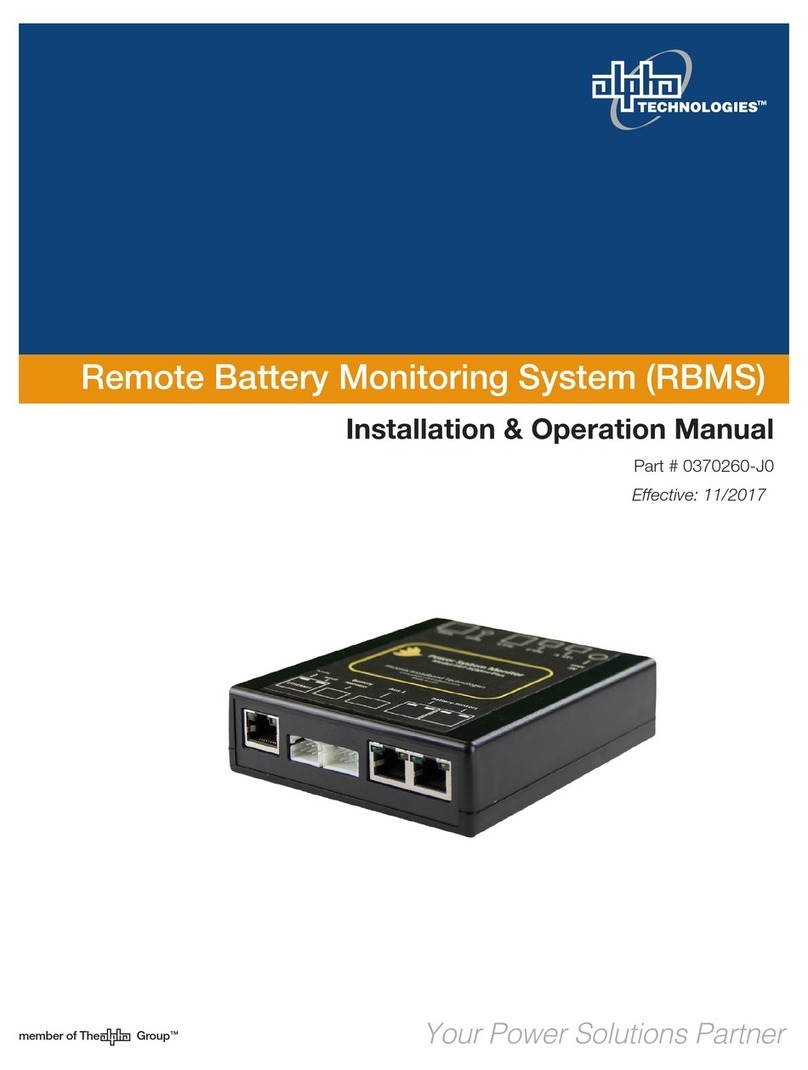3PERCEPTION 820 TUBE
1.1 Symbols Used
1.2 Safety Instructions
1.3 Environment
The lightning flash with arrowpoint in an equilateral triangle means that there are
dangerous voltages present within the unit.
The exclamation point in an equilateral triangle on the equipment indicates that it
is necessary for the user to refer to the User Manual. In the User Manual, this
symbol marks instructions that the user must follow to ensure safe operation of
the equipment.
1. Do not spill any liquids on the equipment and do not drop any objects through the ven-
tilation slots in the equipment.
2. Use the equipment in dry rooms only. Do not expose the equipment to rain or splash
water. Never place objects containing liquids (e.g., vases) on or near the equipment.
3. There are no user-serviceable parts inside the equipment. Do not attempt to service the
equipment yourself. Refer all servicing to qualified personnel. Opening the chassis for any
reason will void the manufacturer’s warranty.
4. Before connecting the equipment to power, check that the AC mains voltage stated on
the power supply included with the equipment is identical to the AC mains voltage avail-
able where you will use the equipment. Also check that the power outlet is a standard
type with a protective ground connection. Disconnecting the protective ground lead or
using non-standard power plugs or non-standard power outlets is illegal.
5. Operate the equipment with the power supply included with the equipment only. Using
a different power supply may cause serious damage to the unit.
6. If any solid object or liquid penetrates into the equipment, shut down the sound system
immediately. Disconnect the equipment from power immediately and have the equipment
checked by AKG service personnel.
7. If you will not use the equipment for a long period of time, disconnect the equipment from
power. Please note that the equipment will not be fully isolated from power when you set
the power switch to OFF.
8. Disconnect the equipment from power during storms to prevent damage.
9. Make sure to route power supply cords so that they are not likely to be walked on or
pinched by items placed upon or against them, paying particular attention to cords at
plugs, convenience receptacles, and the point where they exit from the equipment.
10. To avoid hum or interference, route all audio lines, particularly those connected to mi-
crophone inputs, away from power lines of any type. If you use cable ducts, be sure to
use separate ducts for the audio lines.
11. Make sure to replace the built-in fuse with a standard fuse of the same type and rating
only. Using any other type of fuse may cause excessive heating and/or a risk of fire.
12. Do not place the equipment near heat sources such as radiators, heating ducts, or am-
plifiers, etc. and do not expose it to direct sunlight, excessive dust, moisture, rain, me-
chanical vibrations, or shock.
13. Clean the equipment with a moistened (not wet) cloth only. Be sure to disconnect the
equipment from power before cleaning the equipment! Never use caustic or scouring
cleaners or cleaning agents containing alcohol or solvents since these may damage the
enamel and plastic parts.
14. Use the equipment for the applications described in this manual only. AKG cannot ac-
cept any liability for damage resulting from improper handling or misuse.
1. When scrapping the equipment, separate the case, circuit boards, and cables, and dis-
pose of all components in accordance with local waste disposal rules.
2. The packaging of the equipment is recyclable. Dispose of the packaging in an appropriate
container provided by the local waste collection/recycling entity and observe all local
legislation relating to waste disposal and recycling.
1 Safety and Environment L
!
L
↯
L
!
